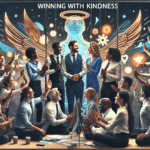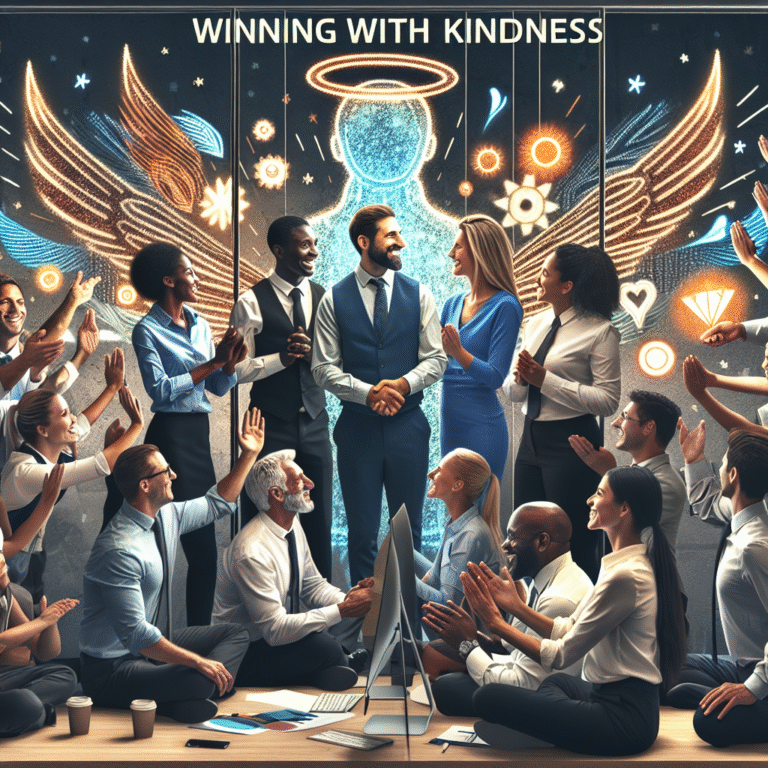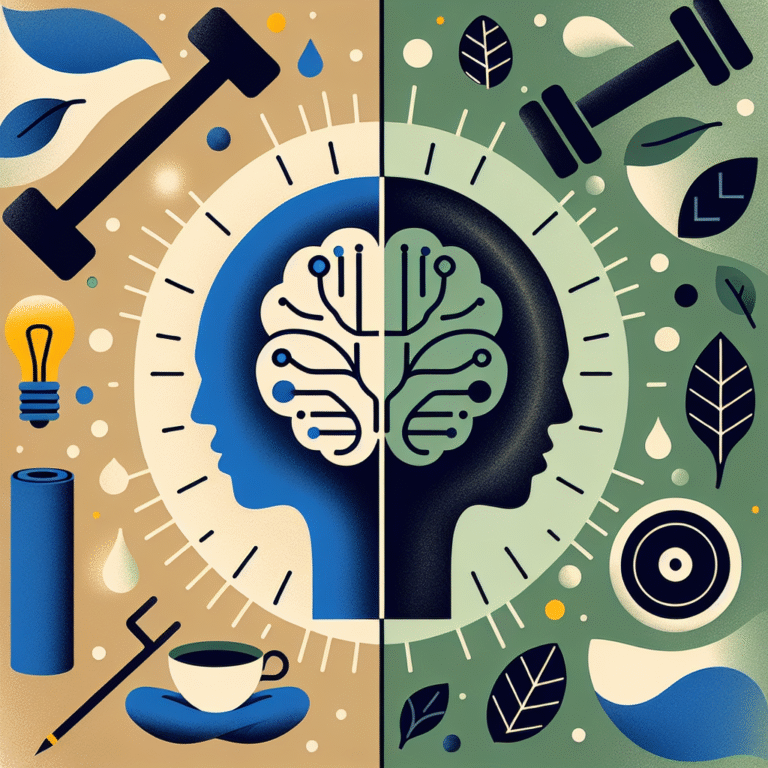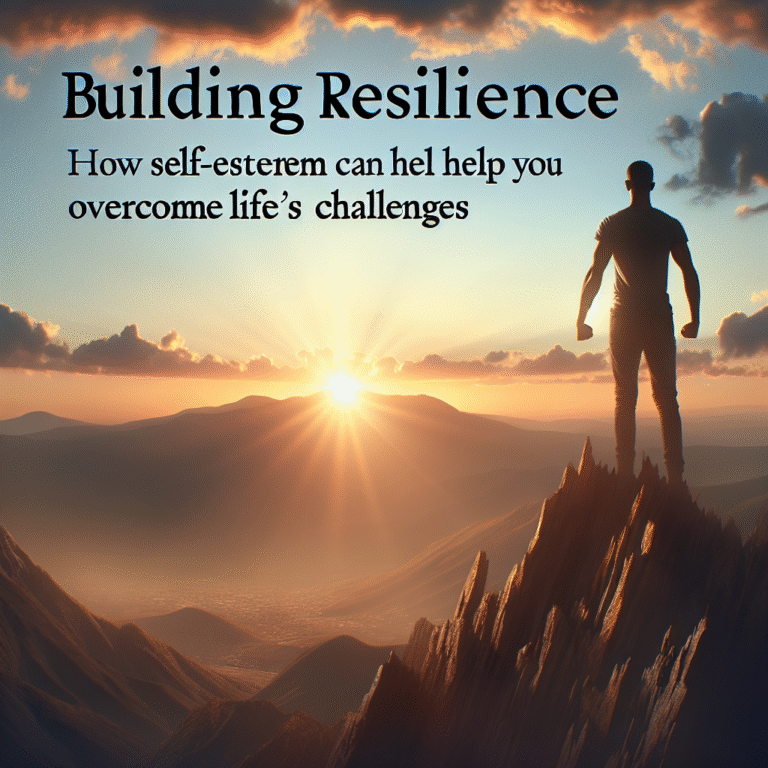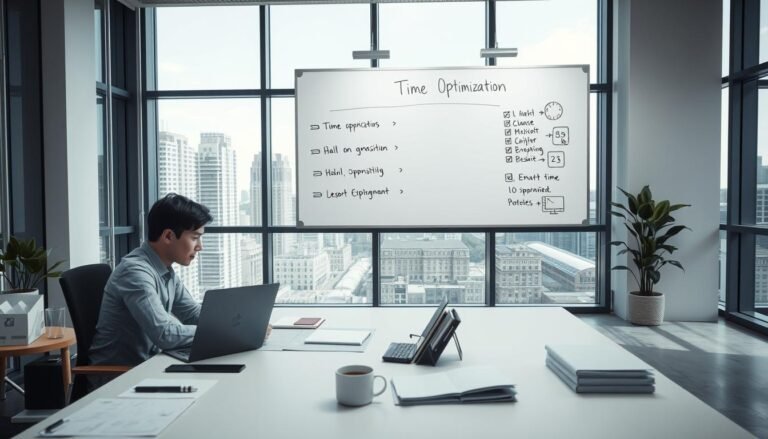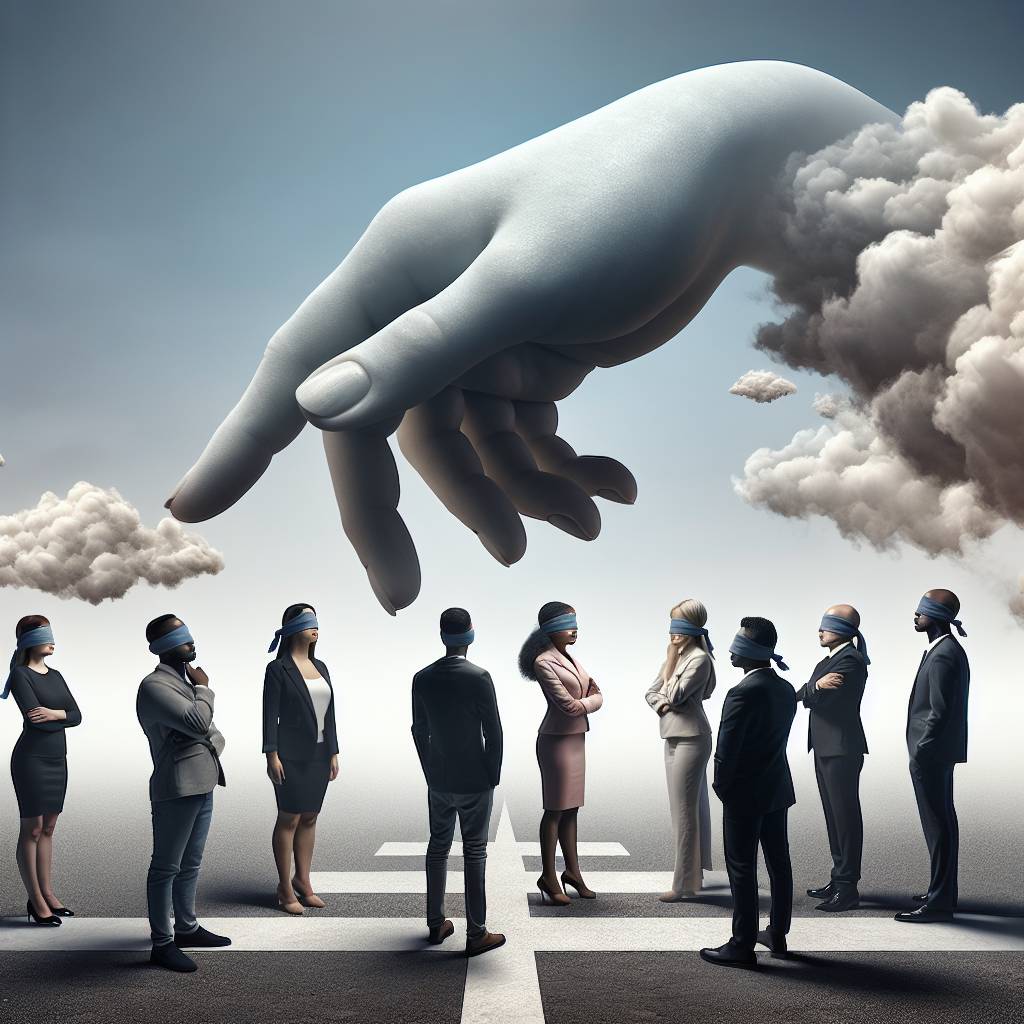
Introduction
In a world driven by choices, we’ve often heard about the "invisible hand," a concept popularized by Adam Smith to describe the self-regulating nature of markets. But how does this metaphor translate to our everyday decisions, especially when cognitive biases play a hidden role in shaping them? The Invisible Hand: Understanding the Impact of Cognitive Biases on Your Choices encapsulates the struggle between rationality and instinct, shedding light on how subconscious influences can sway us in directions we may never consciously choose. Let’s embark on this journey to unravel the complexities behind our decision-making processes, revealing the latent forces that guide us.
Understanding Cognitive Biases
What Are Cognitive Biases?
Cognitive biases are systematic patterns of deviation from norm or rationality in judgment. They occur naturally in our thought processes, often leading us to make flawed judgments or misinterpret information. While we pride ourselves on being rational actors, our brains are frequently influenced by cognitive shortcuts—heuristics—that can distort our decisions. Understanding these biases is crucial for anyone looking to navigate life’s myriad choices with greater clarity and insight.
The Role of Heuristics
Heuristics are mental shortcuts that simplify decision-making. While they can be incredibly useful, they also foster biases. For example, when we rely on the availability heuristic, we make decisions based on immediate examples that come to mind, overlooking statistical realities. This can lead to overestimating the likelihood of dramatic events, such as airplane crashes, while underestimating risks, such as car accidents.
The Psychological Mechanisms Behind Biases
Anchoring Bias
One of the most prevalent cognitive biases is the anchoring bias, where individuals rely too heavily on the first piece of information they encounter when making decisions. For instance, if a car dealer presents a high initial price, any subsequent negotiation will likely revolve around that anchor, irrespective of the car’s actual value.
Confirmation Bias
Confirmation bias occurs when individuals seek out or interpret information in a way that confirms their pre-existing beliefs. This bias can be detrimental in various decision-making situations, from political views to investment strategies. If you believe a particular company is a wise investment, you may only pay attention to positive news while ignoring critical information.
The Dunning-Kruger Effect
The Dunning-Kruger effect illustrates a cognitive bias wherein individuals with low ability at a task tend to overestimate their ability. This phenomenon can lead to poor decision-making in numerous realms, such as personal finance or strategic business moves, as individuals may not recognize their limitations.
Impact of Social Influence
Human beings are inherently social creatures, often susceptible to social proof biases. This is particularly visible in market trends, where investors may follow suit without fully understanding the underpinnings of a trend. The rush to purchase stocks that are trending upward is a compelling example of herd behavior driven by social influence.
Case Studies: Real-World Applications
Case Study 1: The 2008 Financial Crisis
The 2008 financial crisis serves as a stark reminder of the dangers posed by cognitive biases. Many investors ignored warning signs due to overconfidence and optimism biases. Lured by the prospect of quick profits from subprime mortgages, they failed to adequately assess risk, contributing to a catastrophic market collapse.
Analysis
This case illustrates how cognitive biases can result in collective irrationality, ultimately affecting not just individual decisions but the broader financial system. The Dunning-Kruger effect and confirmation bias were prevalent among investors, leading to a systemic failure of judgment.
Case Study 2: Consumer Behavior in Retail
Retail giants often exploit cognitive biases to enhance consumer behavior. For example, supermarkets use anchoring by displaying high-priced items next to regular products to make them appear more attractive. Additionally, scarcity marketing plays on loss aversion, prompting consumers to purchase items they may not need simply because they are labeled as limited time offers.
Analysis
This illustrates the power of cognitive biases in influencing consumer behavior. Understanding these biases enables better marketing strategies while also empowering consumers to make more informed choices when shopping.
Table: Common Cognitive Biases and Their Effects
| Cognitive Bias | Definition | Real-World Example |
|---|---|---|
| Anchoring Bias | Over-reliance on the first piece of information | Negotiating prices in car dealerships |
| Confirmation Bias | Favoring information that confirms existing beliefs | Investors ignoring bad news about stocks |
| Dunning-Kruger Effect | Overestimating one’s own ability | Poor decision-making in personal finance |
| Social Proof | Conforming to group behavior | Following market trends without due diligence |
How Cognitive Biases Impact Decisions
Personal Decision-Making
Cognitive biases influence significant aspects of personal decision-making, such as health choices, career paths, and relationships. When making critical choices, individuals often fall prey to biases, resulting in suboptimal outcomes.
Professional and Business Decisions
In the corporate world, cognitive biases can lead to poor strategic decisions. Leaders influenced by overconfidence may overlook essential market research, resulting in flawed business strategies. Knowing these biases can help organizations implement checks and balances that promote rational decision-making.
Overcoming Cognitive Biases
Awareness is Key
The first step in countering cognitive biases is to become aware of them. By acknowledging their existence, individuals can better scrutinize their thought processes and decisions.
Seeking Diverse Perspectives
In both personal and professional contexts, seeking diverse perspectives can mitigate biases. Engaging colleagues or friends with different viewpoints can challenge confirmation bias and inspire more nuanced decision-making.
Utilizing Decision Matrices
A practical tool for overcoming biases in decision-making is the decision matrix. This organized way of evaluating choices allows individuals to weigh options based on objective criteria, minimizing the influence of cognitive shortcuts.
Conclusion
The Invisible Hand: Understanding the Impact of Cognitive Biases on Your Choices emphasizes the hidden influences shaping our decisions. By recognizing and addressing cognitive biases, we can cultivate more informed, rational choices. As we navigate the complex landscape of decision-making, let’s strive to be more mindful, leading to personal and professional growth.
Our journey reveals that while the invisible hand may guide our choices, it’s our responsibility to steer it with awareness and intention.
FAQs
1. What are cognitive biases?
Cognitive biases are systematic errors in thinking that affect decisions and judgments, often leading to flawed conclusions.
2. How do cognitive biases affect my daily choices?
Cognitive biases can warp how we perceive risks, evaluate options, and interpret information, leading to suboptimal choices in our daily lives.
3. Can I overcome cognitive biases?
Yes, by increasing awareness, seeking diverse perspectives, and utilizing objective decision-making tools, you can mitigate cognitive biases.
4. Do cognitive biases affect businesses too?
Absolutely! Businesses can fall victim to biases leading to poor strategic choices, making it essential for organizations to implement structures that encourage rational decision-making.
5. How does the Dunning-Kruger effect manifest in day-to-day life?
Individuals affected by the Dunning-Kruger effect may overestimate their abilities, making decisions based on flawed self-assessment, particularly in domains they lack expertise in.
By navigating The Invisible Hand: Understanding the Impact of Cognitive Biases on Your Choices, you’ve taken the first step toward a more enlightened approach to decision-making—one that empowers you to transform challenges into opportunities.


